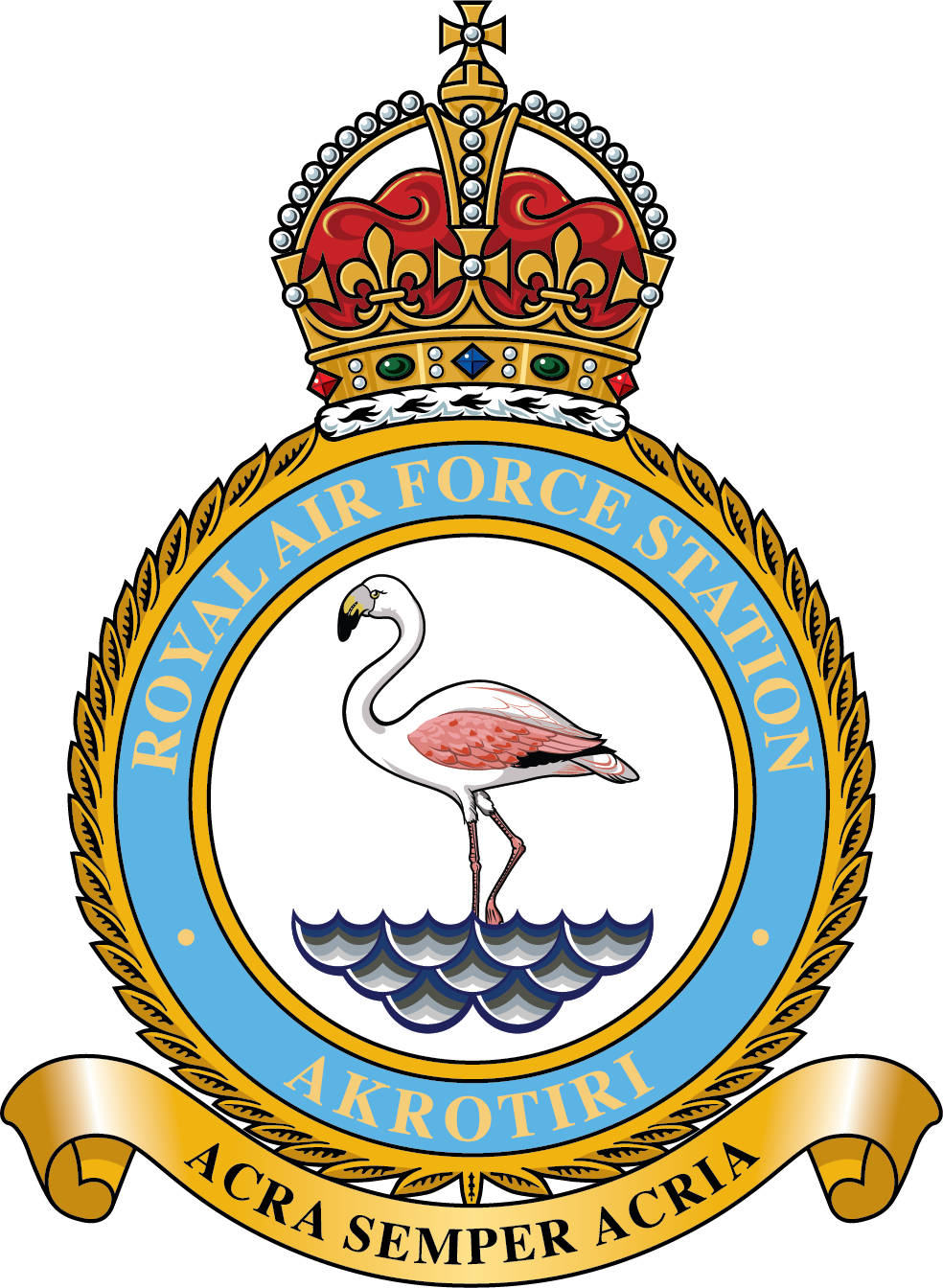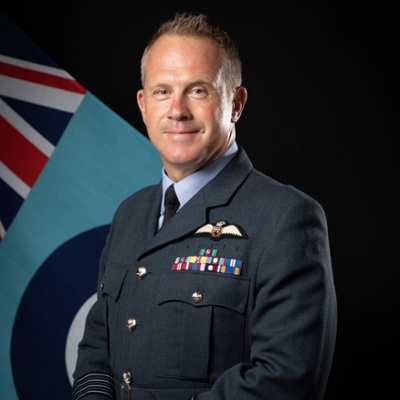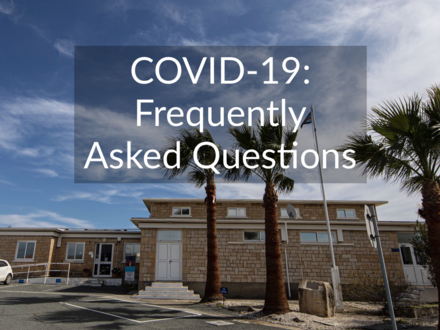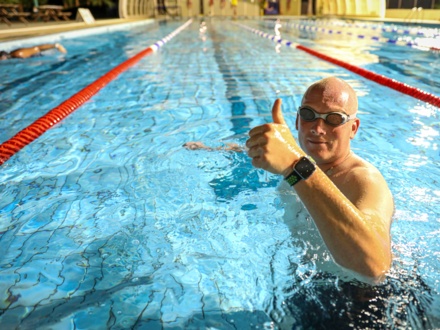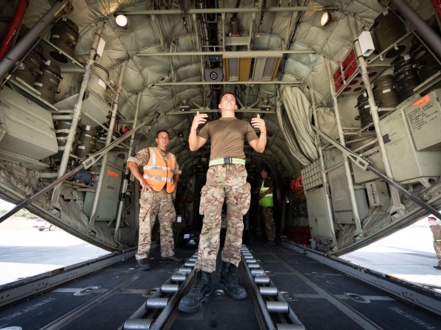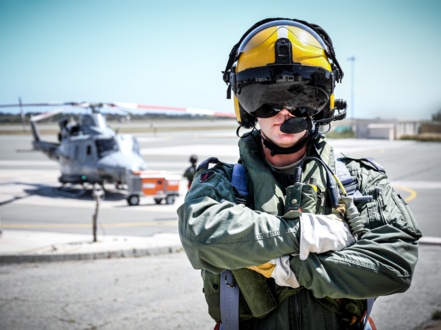The Station
RAF Akrotiri is home of the Cyprus Operations Support Unit which provides joint support to British Forces Cyprus and operations in the region to protect the UK's strategic interests.
RAF Akrotiri is an extremely busy Permanent Joint Operating Base that supports ongoing operations in the region as well as support for the Sovereign Base Areas on Cyprus. It is used as a forward mounting base for overseas operations in the Middle East and for fast jet training.
RAF Akrotiri’s Griffin helicopters also play an important search and rescue function in collaboration with the Republic of Cyprus Police and National Guard Air Command.
Those living at RAF Akrotiri can apply for passes for guests visiting the Station via the Holiday Visitor Pass Booking Form



